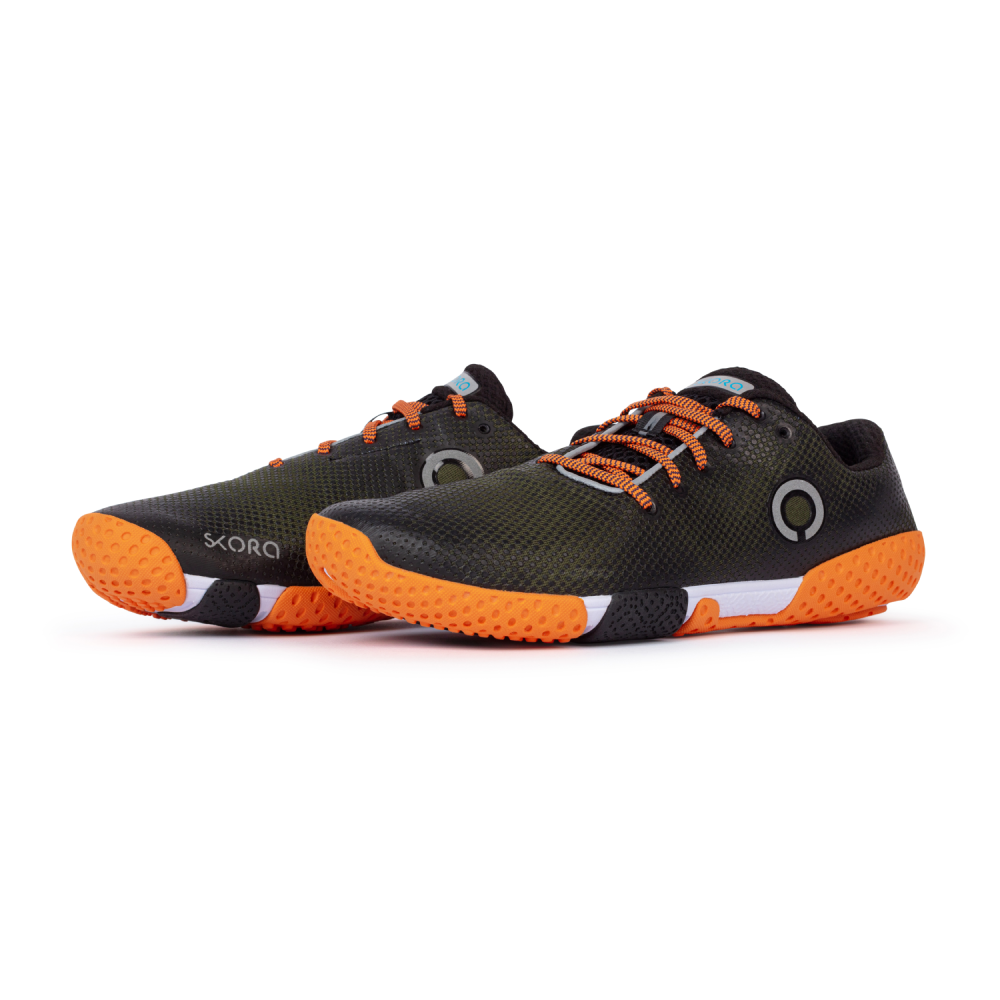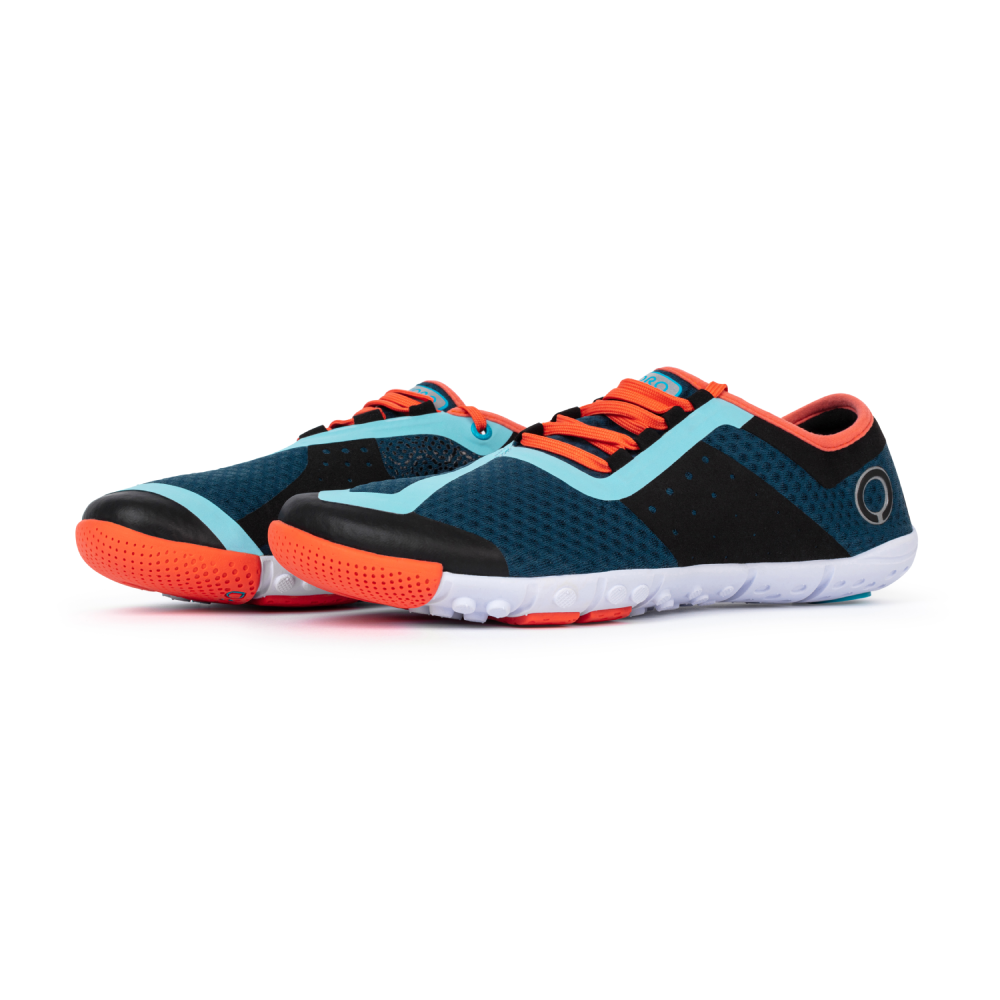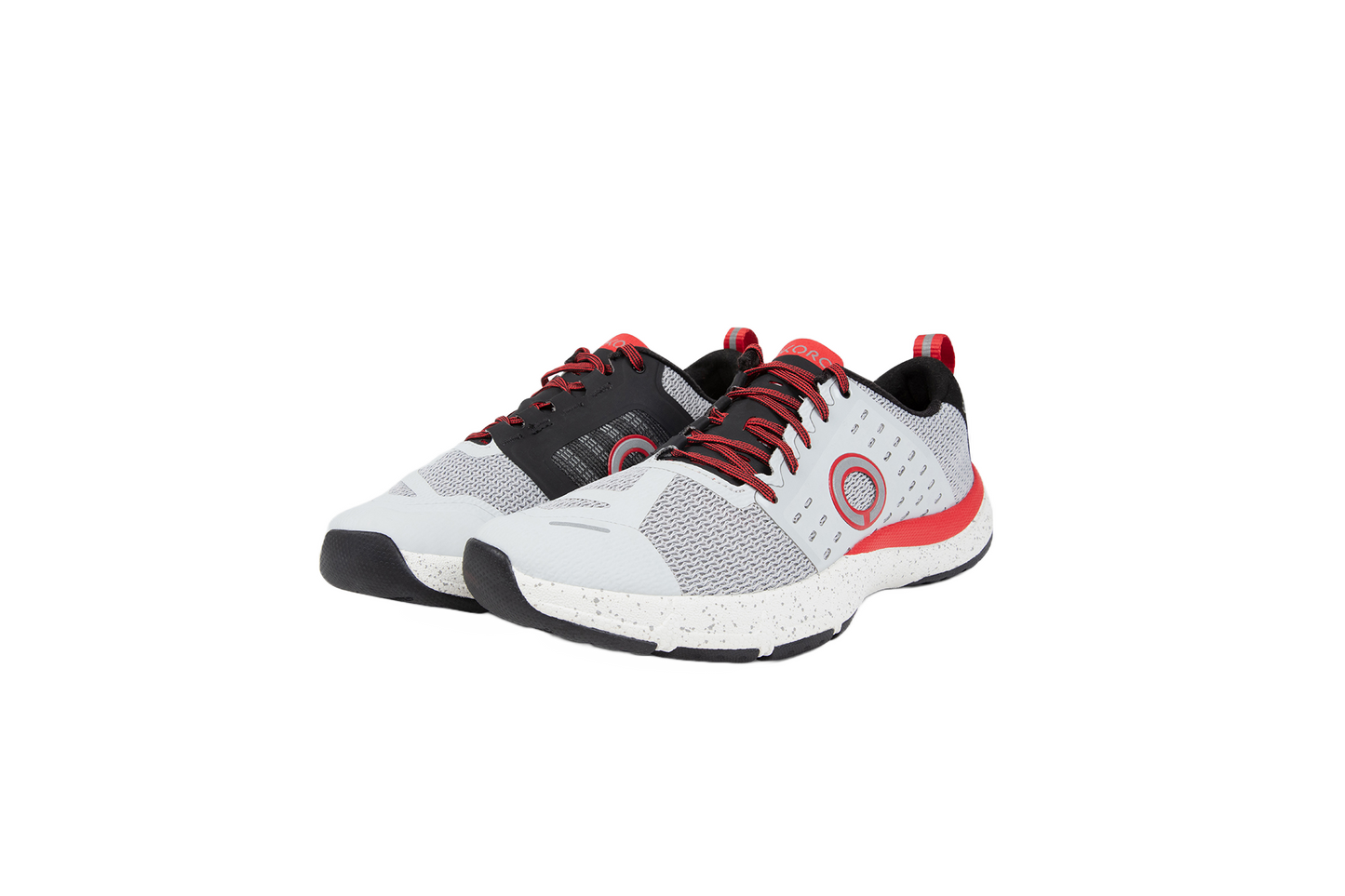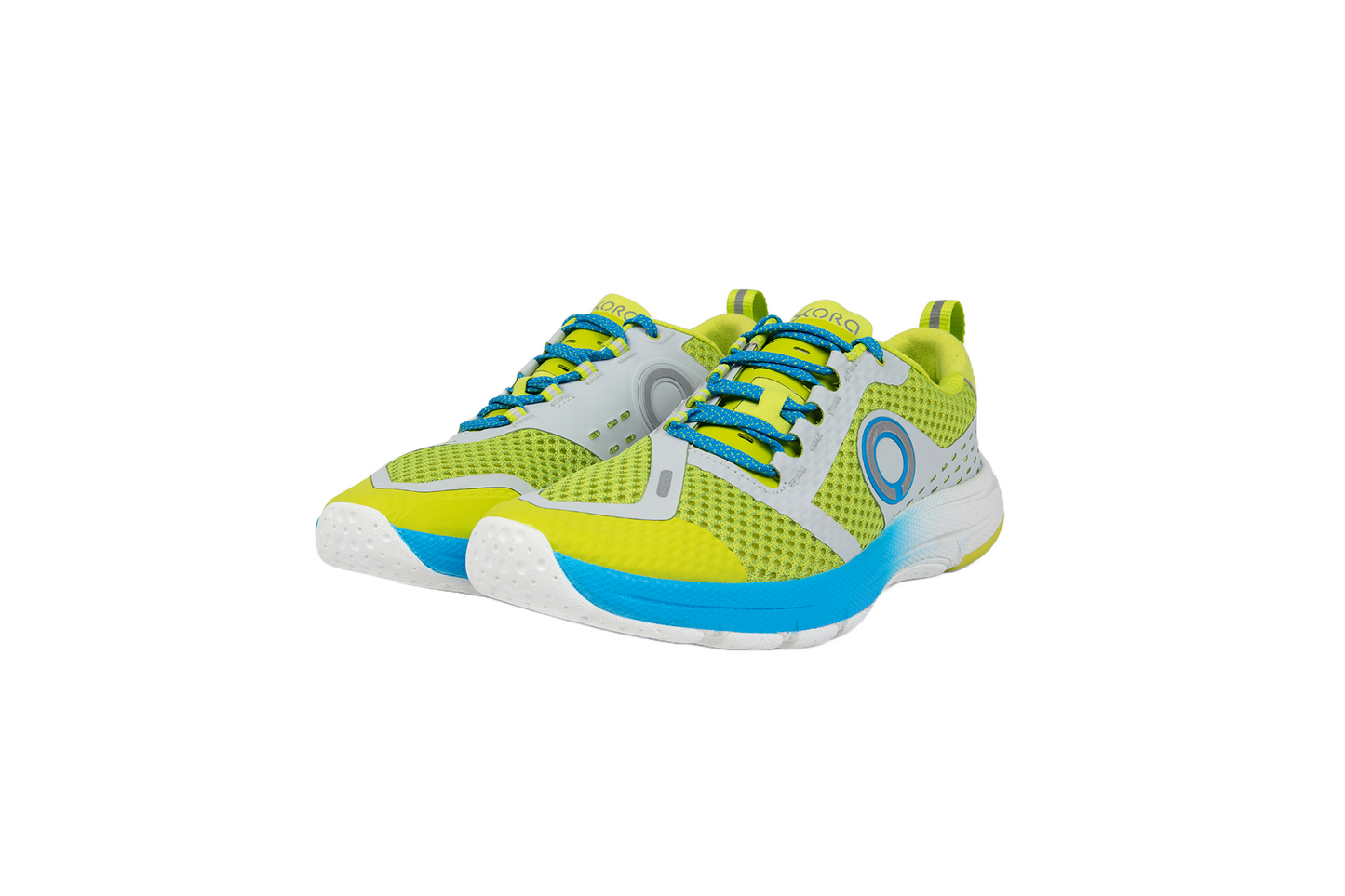Continue reading "Is Static Stretching the best for flexibility?"
Many things that you may have been told in grade school gym class have been proven to be not only wrong, but dangerous. One of those is the issue of stretching. This is not an article on why some forms of stretching are more desirable than others, but an article on one method of healthy and effective stretching.
Active Isolated Stretching (AIS) is very similar to dynamic stretching. AIS is often done seated or laying down, while dynamic stretching is often done standing. AIS focuses on a single muscle group and isolates it. Dynamic stretching may hit more stabilizer muscles due to the dynamic nature of the movements. Both are active movements in that muscles are moving the limb, it is not being pulled into a position, such as with static stretching. The key here is that, for example, your anterior shin muscles are dorsi flexing the ankle and toes, this induces reciprocal inhibition in the antagonists behind the foot, such as the soleus and gastrocnemius.
Flexibility is about relaxing, not lengthening.
Different from static or ballistic stretching, which takes the muscles beyond its typical range of motion and may induce the stretch reflex, which is a muscle contraction in response to overstretching. When a muscle is lengthened beyond it’s range of motion, the muscle fibers can contract and resist the stretching. This is a protective mechanism.
As a side note, this stretch reflex may also be the cause of many cramps athletes experience during hard race efforts. If a cyclist’s saddle is too high or their crank arms too long, that may overstretch their calves during the downstroke, which can cause the calves or hamstrings to cramp in an effort to protect the muscles from this overstretching. Another example could be suddenly racing or running on a different type of course profile, such as going from flat training to a hilly race. This sudden change, and being at race effort, could cause the the muscles to cramp to protect themselves.
But back to the topic at hand! An example of reciprocal inhibition can be seen in the classic sit & reach, which you see below being performed standing by one of SKORA’s ambassadors. The first test is after no warm up, note the distance of “flexibility”. Next he moves into a front squatting position for 30 seconds. This activates the anterior muscles of the legs and relaxes the posterior muscles. You will then notice that the next sit and reach is suddenly farther than the previous attempt. How is this possible? Nothing was physically stretched or lengthened?! What happened was relaxation of the posterior muscles by activating the anterior ones, with the squat. See, flexibility is not about long muscles, it’s about relaxation! In fact, it takes 20-30 minutes of constant stretching to physically lengthen a muscle!!
Why is this important to runners?
Because as speed goes up, so do two characteristics of the running gait. Cadence and stride length. If you cannot increase the distance of each stride, you will not get faster. Part of this is being able to bring your leading leg forward/up and your trailing leg down and back. When athletes run slower than their habitual pace, their legs do not move forward and backwards as much, almost a shuffle. However when they run faster than their habitual pace, the legs move much much more. Dynamic flexibility and reciprocal inhibition allow this to happen. You cannot bring your leading leg forward and up if your hamstrings and glute muscles will not relax! Just as you cannot lengthen your stride out behind you if your hip flexor muscles will not relax and allow that foot to reach back behind you!
Below are the Active Isolated Stretched routines from Dr. Phil Wharton. It is good practice to perform these either all in one go, or broken up throughout the day in 10 minute chunks, multiple times a week. Once you go through the videos a few times, the movements can be done solo in half the time. It’s important to note that he uses a rope as well as his hands to help guide the movements. He is not forcing the limb beyond its regular range of motion.
Foot & Ankle
Part 1
Part 2
Part 3
Hip, Trunk, Back, Legs, Net
Part 1
Part 2
Part 3
Further Reading:
Is Stretching Before Running Bad?
Static Stretching is Bad For You![Study]
Wharton Health




